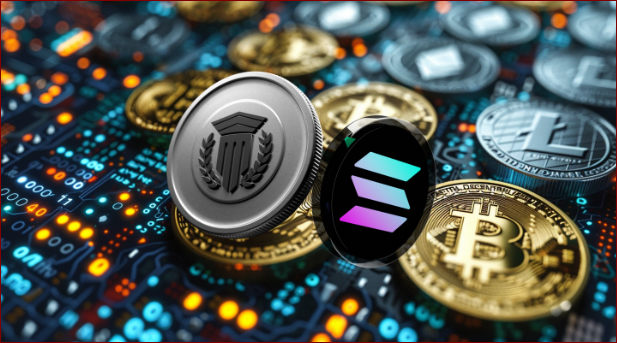Stablecoins & DeFi: Can We Have Decentralisation Without Central Control?

Decentralised Finance (DeFi) burst onto the scene promising a revolution – a world of financial services free from the grip of traditional institutions and intermediaries. The core ethos was autonomy, transparency, and user control. Yet, a curious paradox has emerged: DeFi's rapid growth is increasingly reliant on stablecoins, many of which are, in reality, centrally controlled. This dependence raises a critical question: can DeFi truly achieve its decentralised ideals if it's built on foundations that inherently involve centralisation?
The Rise of Stablecoins in DeFi
To understand the dilemma, we need to appreciate the role stablecoins play. These digital assets are designed to maintain a stable value, typically pegged to a fiat currency like the US dollar. In the volatile world of cryptocurrencies, stablecoins offer a crucial bridge – a reliable store of value and a medium of exchange within the DeFi ecosystem. They facilitate lending, borrowing, trading, and a host of other financial activities that would be impractical with highly fluctuating crypto assets.
The Centralisation Problem
The issue arises with the nature of many popular stablecoins. Tether (USDT) and USD Coin (USDC), for example, are backed by reserves of fiat currency held by centralised entities. While these entities claim to maintain sufficient reserves to cover the circulating supply of stablecoins, concerns linger about transparency, regulatory oversight, and the potential for manipulation. If these central issuers face financial difficulties or are subject to government intervention, the stability of the stablecoin – and, consequently, the DeFi applications built upon it – is put at risk.
The Search for Decentralised Stablecoins
Fortunately, the DeFi community is actively working on solutions. The quest for truly decentralised stablecoins is a significant area of innovation. Several approaches are being explored:
- Algorithmic Stablecoins: These stablecoins use algorithms and smart contracts to maintain their peg, without relying on collateralised reserves. However, they have historically proven challenging to maintain stability and have faced significant failures.
- Collateralised Decentralised Stablecoins: These stablecoins are backed by other cryptocurrencies held in a decentralised manner, often managed by a DAO (Decentralised Autonomous Organisation). DAI, issued by the MakerDAO protocol, is a prime example.
- Overcollateralisation: Requiring more collateral than the value of the stablecoin issued acts as a buffer against price fluctuations, enhancing stability.
The Future of DeFi and Stablecoins
The future of DeFi hinges, in part, on resolving the stablecoin conundrum. A shift towards more decentralised stablecoin solutions is essential for achieving the original vision of a truly permissionless and resilient financial system. While challenges remain, the ongoing innovation in this space is encouraging. The ongoing regulatory scrutiny of existing centralised stablecoins will likely accelerate the adoption of decentralised alternatives.
Ultimately, the ideal scenario is a DeFi ecosystem powered by a diverse range of stablecoins – both centralised and decentralised – each catering to different needs and risk tolerances. However, a greater emphasis on transparency, security audits, and robust governance mechanisms for all stablecoins is crucial to ensure the long-term stability and viability of the DeFi landscape. The evolution of stablecoins will continue to shape the trajectory of DeFi, and its success will depend on striking a delicate balance between stability and decentralisation.






